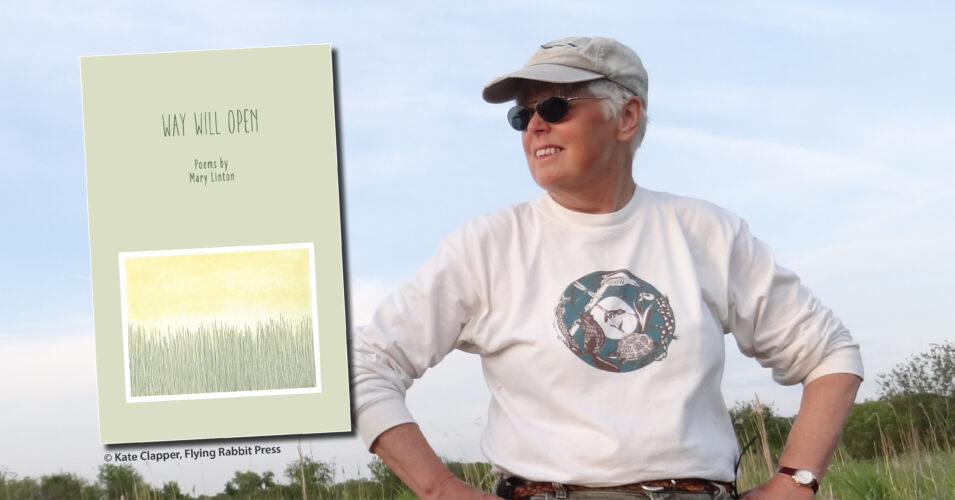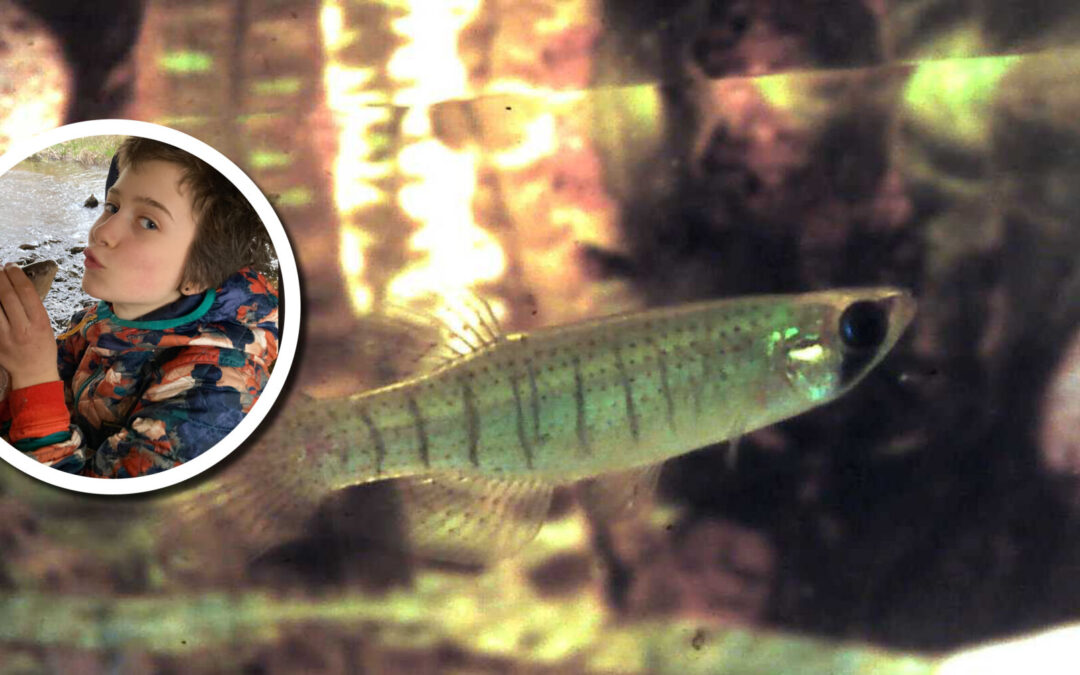
Wetland Coffee Break: Bryophyte floristic quality assessments of Wisconsin peatlands
Join Keir Wefferling to learn what these non-vascular plants, like mosses, liverworts, and hornworts, can tell us about the health of Wisconsin peatlands.

Join Keir Wefferling to learn what these non-vascular plants, like mosses, liverworts, and hornworts, can tell us about the health of Wisconsin peatlands.

This presentation will demonstrate ways to get the most out of chemical control by taking advantage of herbicide-additive systems and detail the essentials of target plant anatomy and physiology as they relate to invasive species suppression.

Join us for this special Wetland Coffee Break to honor Mary’s memory and celebrate her craft as a poet.

Gregory T. Burns discusses his multi-year citizen science amphibian-focused research of vernal pools (ephemeral ponds) in east central Wisconsin, including the first definitive discovery of the all-female salamander biotype in southern Wisconsin.

Young ichthyologist Madeline Cleveland shares her knowledge of this state endangered species’ natural history, the threats it faces, and conservation efforts being made to preserve it.

Learn about the Tribal Adaptation Menu which provides a framework to integrate indigenous and traditional knowledge, culture, language, and history into the climate adaptation planning process.